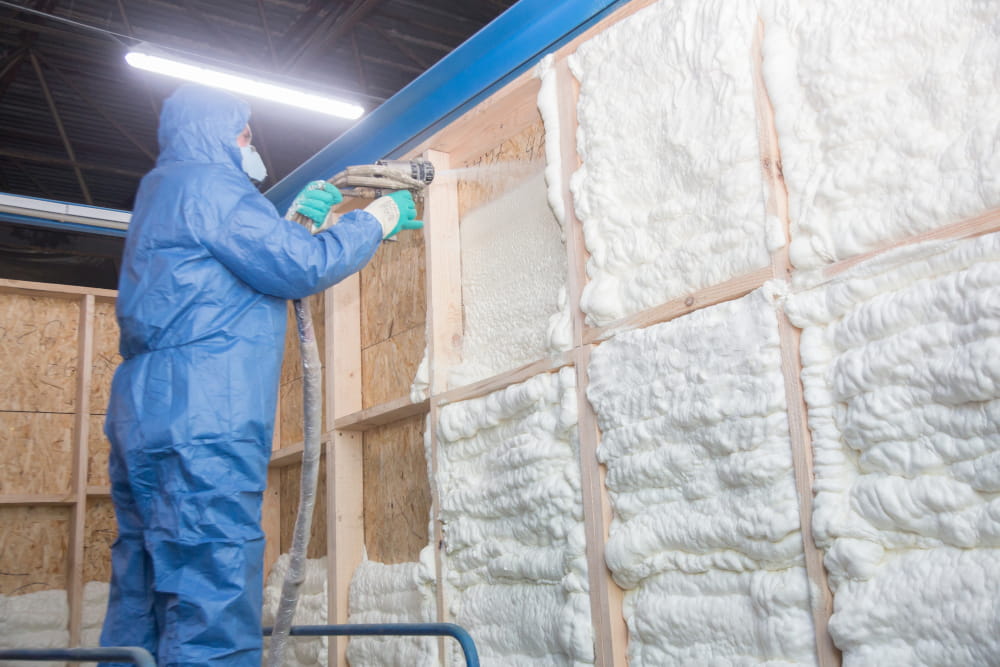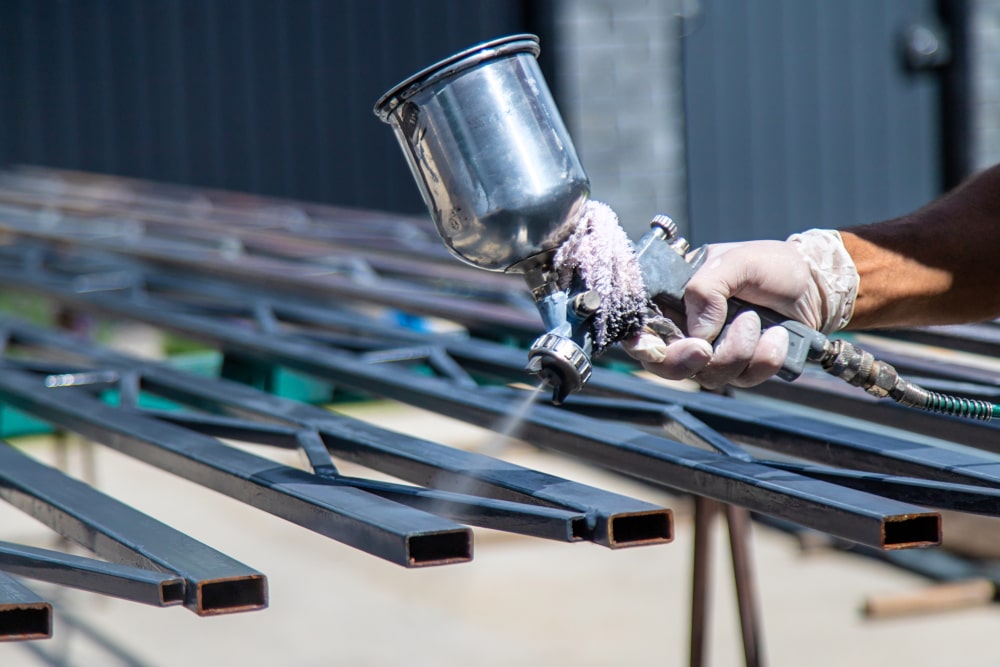Choosing the best insulation for your home is not always an easy process. Proper insulation limits risks such as ice dam building, higher energy costs, and moisture trapped in the attic that can lead to mould or mildew growth. Proper insulation also works as a type of noise reduction, and can last as long as 80 to 100 years.
When selecting your insulation, two specific forms are common for homes: open cell and closed cell.
Difference Between Open Cell and Closed Cell Foam Insulation
Open and closed cell insulation foam are both types of spray foam insulation, though they differ in their overall strengths. Key differences include:
- Foam density: Closed foam is denser than open cell foam. Closed cell typically has a density of 1.75 to 2.2 pounds per cubic foot or higher compared to .5 pounds per cubic foot for open cell.
- R-Value: The R-value is the resistance to heat flow and a description of how well the product insulates. Open cell foam typically has an R-value of around 3.5 per inch, compared to 6.0 per inch of closed cell foam. Some of the highest quality will reach 7 per inch. The higher the number, the more heat is kept in or out of the home.
- Expansion: When placed, closed cell foam will expand about 1 inch of thickness when sprayed into place. Open cell foam will expand up to 3 inches in thickness, which typically means just one application is possible. Closed foam may have several more, which further increases the heat resistance.
Open Cell Foam Insulation Problems
There are some drawbacks to these products. For example, open cell spray foam is typically not ideal for cold climates, as moisture from inside the structure can diffuse through the foam. That can lead to it reaching cold roof sheathing. When that happens, it can build up in this area and lead to the rotting of the roof material.
What Is Closed Cell Foam Insulation Made of?
Closed cell foam insulation is made from an organic chemical compound that comes from petroleum extracts, as well as chemicals and water-blown components. ISO and resin are mixed together as liquids during the application process to create a durable layer of protection for the home. The right spray foam equipment enables a fast and easy application.
Cost of Closed Cell Spray Foam
The biggest factor for many people when it comes to choosing insulation is cost. Open cell is more affordable than closed cell spray foam, which may make it more attractive initially. However, it tends to be less beneficial in the long term. Generally, the cost of using closed cell spray foam averages between $1,500 and $2,250 for about 1,500 board feet. That added cost can help reduce energy costs throughout the year while also working longer, reducing the need to add more insulation in a matter of years.
Open vs Closed Cell Foam in Metal Building
Open cell foam is a more flexible material. It is a good air barrier if the walls are going to be enclosed. However, closed cell is a better option for adding more strength to the walls when those walls will remain exposed. In the case of a metal building, this tends to be the better choice. Also, since open cell foams can wick moisture, that can create a higher risk for rusting, making them less ideal.
Which Insulation Should I Use?
When choosing insulation for your home, consider the pros and cons of both products.
Open cell spray foam benefits:
- It works well in areas that are hard to reach
- It can expand as much as 100 times more in size.
- It’s lightweight.
- Most products are good at noise reduction.
- Generally, it is more flexible than closed cell products.
- Excellent sound deadening material
Open cell spray foam drawbacks:
- It has a lower R-value.
- It is not ideal for very cold temperatures (or very hot ones).
- Its application is more difficult, as it dries fast when applied using the right spray foam rigs.
Closed cell spray foam benefits:
- It tends to be very energy efficient since it has a higher resistance to air and water vapor transmission.
- It is water-resistant, which helps reduce mould risks.
- It is a vapor barrier.
- It has a very high R-value, therefore a better insulator vs open cell.
- It tends to last longer than open cell.
Closed cell spray foam drawbacks:
- It does not offer as much shock absorption for noise reduction.
- It is not easy to install on your own. Both open cell and closed cell must be sprayed by a qualified contractor.
- As it is not breathable, considerations for air movement in a home is required.
In some situations, you may wish to use a product that has the highest R-value possible (some building codes require this), and open cell may not meet the grade. If you have tough areas to reach, though, that's where open cell spray foam can be a better choice within those areas. Closed cell tends to be a better option for adding more structural support to the home. While open cell costs less, closed cell has a better lifespan and energy efficiency rating.








Validate your login
Sign In
Create New Account